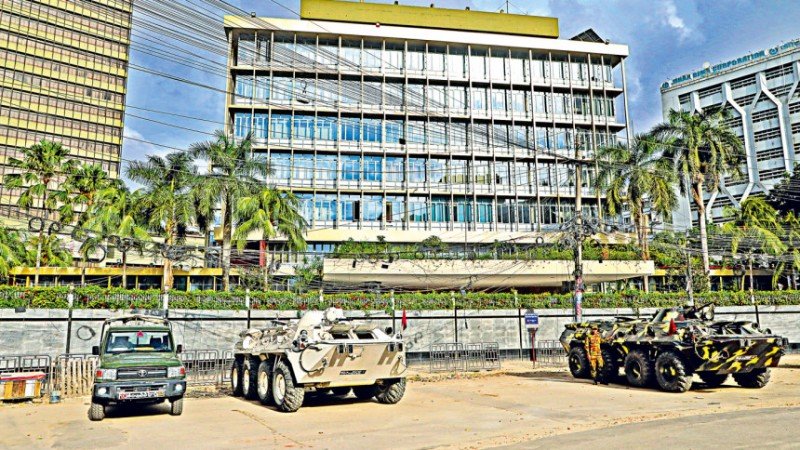
Bangladesh has entered a new chapter in its journey as the wheels of the economy are rolling again, with the country still healing from fresh wounds.
The recent three-week student movement ultimately forced Sheikh Hasina to resign and flee the country, ending her 15-year rule.
The movement began with the students seeking reforms to the quota system for civil service jobs, citing that it was discriminatory.
The Awami League government responded by showing its iron fist in the form of Bangladesh Chhatra League in a bid to end the agitation.
However, tempers only flared further as the ensuing violence led to the deaths of more than 300 people by the time Hasina eventually fled on August 5. As of August 7, The Daily Star confirmed at least 551 deaths.
And while value of the lives lost is immeasurable, the prolonged unrest dealt a huge blow to Bangladesh’s roughly $450 billion economy.
According to official estimates, the country suffered losses of over $1 billion daily after economic activities were halted amid the violence and subsequent government curfew between mid-July and early August.
This is because the lack of public safety and an internet outage had forced factories to shut down for nearly a week.
Besides, import-export activities, the supply of agricultural produce and release of goods from ports were all disrupted.
Needless to say, most retail outlets, restaurants, digital commerce and other sectors also suffered significant losses.
Ahsan H Mansur, executive director of the Policy Research Institute of Bangladesh, said if the destruction of property is taken into account, then the economic losses may actually be even higher than the estimate.
Before the second wave of supply chain disruptions started, the Foreign Investors’ Chamber of Commerce and Industries (FICCI) estimated Bangladesh’s total losses at above $10 billion.
Although it is clear that the losses must have piled on following the second wave of closures, the FICCI is yet to estimate the additional amount.
Similarly, the thousands that were injured and the hundreds who became handicapped or lost their eyesight also sustained tremendous losses.
The economic impact of the turmoil on several sectors is provided below.
 Weekly Bangla Mirror | Bangla Mirror, Bangladeshi news in UK, bangla mirror news
Weekly Bangla Mirror | Bangla Mirror, Bangladeshi news in UK, bangla mirror news







